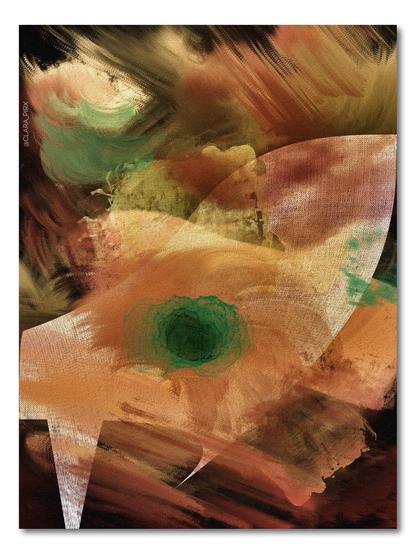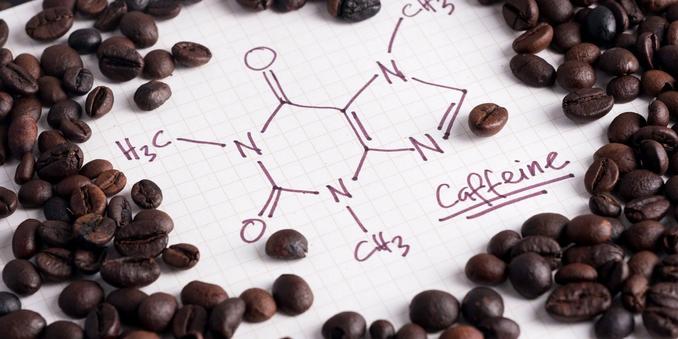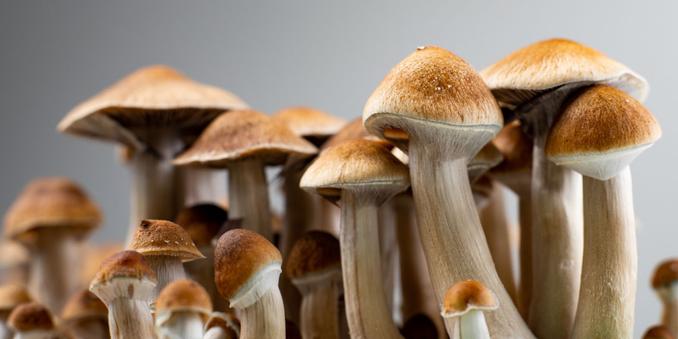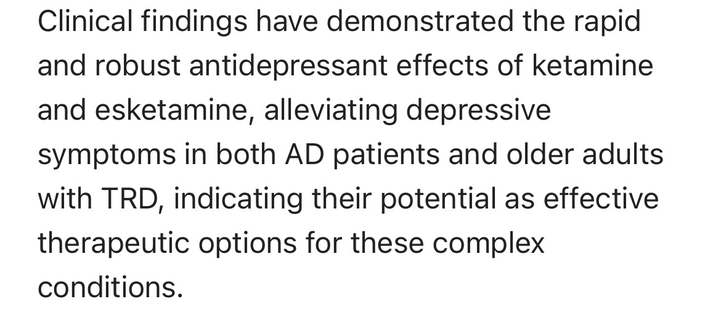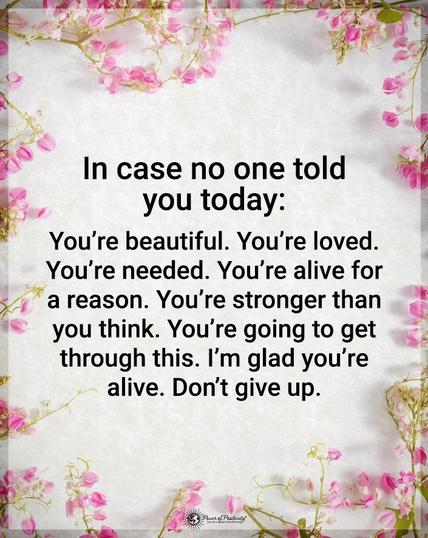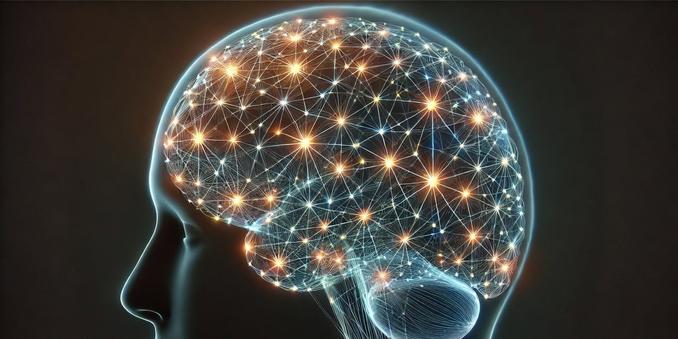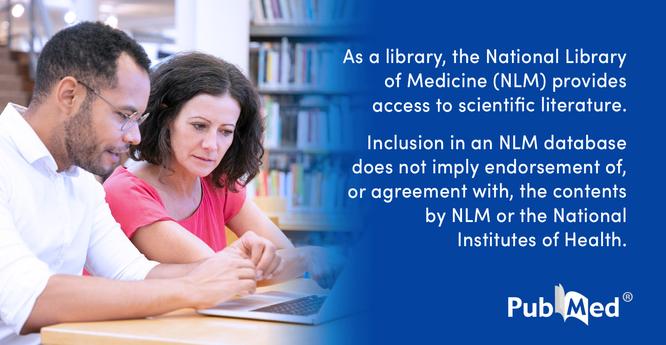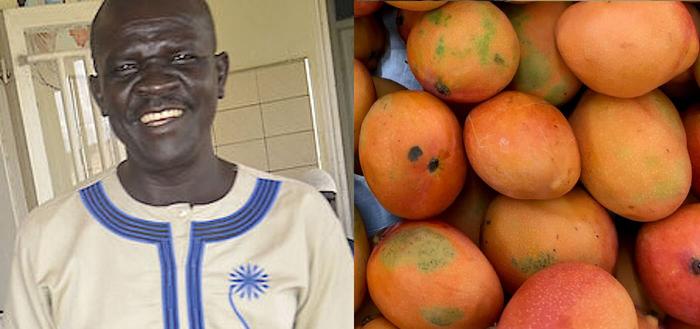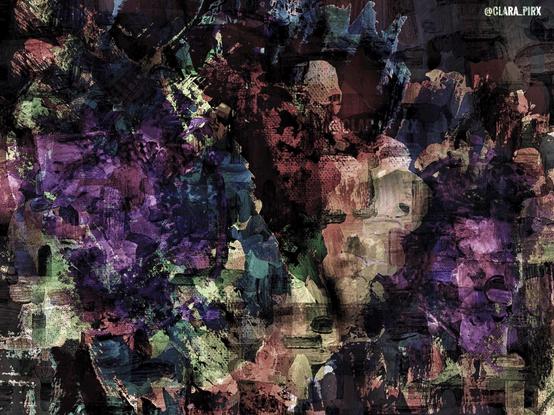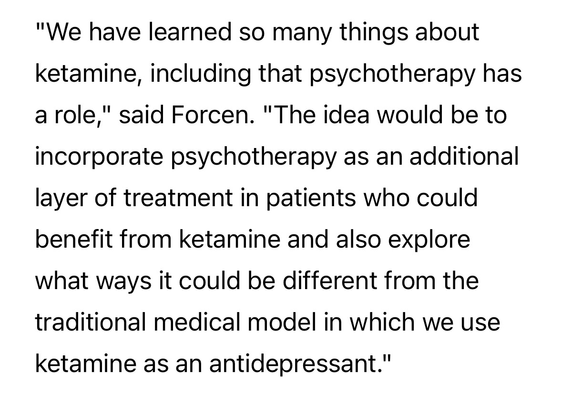DATE: May 28, 2025 at 08:00AM
SOURCE: PSYPOST.ORG
** Research quality varies widely from fantastic to small exploratory studies. Please check research methods when conclusions are very important to you. **
-------------------------------------------------
TITLE: High caffeine intake linked to greater psychological distress in people with depression
URL: https://www.psypost.org/high-caffeine-intake-linked-to-greater-psychological-distress-in-people-with-depression/
A new study published in Complex Psychiatry has found that people with a history of depression who consume high amounts of caffeine tend to report higher levels of psychological distress. The researchers also found that certain genetic differences are associated with how much caffeine people drink and how sensitive they are to its effects. While caffeine use was not strongly linked to sleep satisfaction, people who said caffeine interfered with their sleep typically consumed less of it.
The study was designed to explore how caffeine consumption, sleep satisfaction, and psychological distress are connected in people with a history of depression, and whether genetic variants might explain some of these associations. Caffeine is the world’s most widely used psychoactive substance, often praised for its alertness-boosting effects.
But at higher doses, or in sensitive individuals, caffeine can increase anxiety and interfere with sleep. Although research has shown that moderate caffeine use may reduce the risk of developing depression in otherwise healthy individuals, less is known about its effects in people who have already been diagnosed or treated for depression.
“Caffeine is common, viewed as safe, and increasingly marketed toward and consumed by younger people,” said study author Harry McIntosh, a PhD student at the University of Queensland. “At the same time, mental health problems are on the rise and insomnia is an important symptom of a number of mental health disorders. We’re interested in caffeine consumption because it may be something that people suffering from mental health problems can change to improve their mental health and sleep.”
To explore these questions, the researchers used data from the Australian Genetics of Depression Study. Over 11,000 adults who had been diagnosed with or treated for depression completed detailed questionnaires about their caffeine consumption, sleep, and mental health. Of those, about 9,000 also provided DNA samples, allowing researchers to examine genetic differences previously linked to caffeine metabolism and sensitivity.
Caffeine consumption was measured by asking participants how many servings of caffeinated coffee, tea, soft drinks, and energy drinks they typically drank per day. Participants were grouped into low (0–2 drinks), medium (3–5 drinks), or high (6 or more drinks) caffeine consumers. Psychological distress was assessed using the Kessler Psychological Distress Scale, a commonly used measure of anxiety and depression symptoms. Sleep satisfaction was measured with a single question from the Insomnia Severity Index. Participants were also asked whether they felt caffeine interfered with their ability to sleep, which served as a proxy for caffeine sensitivity.
The researchers then used linear regression models to examine how caffeine use was related to distress and sleep satisfaction, adjusting for factors such as age, sex, body mass index, and other substance use (including alcohol, nicotine, and painkillers). They also looked at whether specific genetic variants were linked to caffeine intake and sensitivity.
The analysis found that participants who drank six or more caffeinated drinks per day scored higher on the psychological distress scale than those who consumed fewer drinks. For each additional caffeinated beverage consumed per day, participants’ distress scores increased by 0.2 points on a 50-point scale. While this is a small effect, it was statistically significant. People in the medium caffeine group (3–5 drinks per day) did not differ significantly from those in the low group, suggesting that only higher levels of consumption are linked to greater distress.
Interestingly, there was little evidence that caffeine consumption negatively affected sleep satisfaction in this group. Although those with higher caffeine intake reported slightly lower sleep satisfaction, the difference was small and did not remain statistically significant after correcting for multiple comparisons.
“We expected caffeine consumption to be associated with poorer sleep, which it wasn’t,” McIntosh told PsyPost.
Instead, caffeine sensitivity itself appeared to play a larger role. People who reported that caffeine interfered with their sleep were far less likely to drink large amounts of it. Each additional caffeinated drink consumed per day was associated with a 16% lower likelihood of reporting caffeine sensitivity. This suggests that people may naturally reduce their intake if they notice it disrupts their sleep.
“People naturally adjust how much caffeine they consume based on how they respond to it,” McIntosh said. “If caffeine was negatively impacting you, you’d probably reduce your intake accordingly, this could explain why caffeine was not associated with poor sleep quality.”
The genetic analysis offered further insight into why some people consume more caffeine than others. Several genetic variants were associated with differences in caffeine intake. For example, a variant near the AHR gene (rs4410790) was linked to increased caffeine use, while a variant near the CYP1A2 gene (rs2472297) was linked to lower consumption. These genes are involved in caffeine metabolism. People with faster metabolism may consume more caffeine to maintain the same level of alertness, while slower metabolizers may consume less.
A separate variant near the MMS22L/POU3F2 genes (rs34645063) was associated with a higher likelihood of reporting caffeine sensitivity. This finding is consistent with earlier research showing that this genetic region may be linked to both lower caffeine consumption and increased sensitivity.
Other variants in genes like ADORA2A—which encodes a receptor targeted by caffeine in the brain—were only weakly linked to consumption and did not remain significant after adjusting for multiple comparisons. Still, the results suggest that genetic differences play a role in shaping both how much caffeine people consume and how their bodies respond to it.
“Our work is focused on those diagnosed with depression,” McIntosh told PsyPost. “Higher caffeine consumption was associated with higher reported levels of current stress in people regardless of sleep quality. The effect size was not large but was statistically significant. However, we cannot assign a causal relationship because participants may increase caffeine consumption in response to symptoms of depression such as fatigue or lack of motivation. Common genetic variants play a sizeable role in how our body handles caffeine and were associated with consuming a larger or smaller number of caffeinated drinks each day.”
One of the main strengths of the study is its large sample size and inclusion of genetic data, which allowed researchers to detect even small effects. However, there are some limitations to consider. The data were cross-sectional, meaning they captured only one moment in time. This makes it difficult to determine cause and effect.
“Our data has only one timepoint and measures variables instead of controlling them experimentally, so we cannot use it to definitively state that caffeine is causing distress, or that people with higher stress are then choosing to consume more caffeine,” McIntosh noted.
Another caveat is that the study sample consisted entirely of people with a history of depression. This means the results may not apply to the general population, especially those without mental health conditions. Future research using more precise measures of caffeine intake and longitudinal designs could help clarify how these relationships unfold over time.
The study, “Caffeine Consumption, Psychological Distress, and Insomnia in a Cohort of Individuals with Depression,” was authored by Harry A. McIntosh, Aleah J. Borgas, Nisreen Aouira, Brittany L. Mitchell, Jacob J. Crouse, Sarah E. Medland, Ian B. Hickie, Naomi R. Wray, Nicholas G. Martin, Christel M. Middeldorp, and Enda M. Byrne.
URL: https://www.psypost.org/high-caffeine-intake-linked-to-greater-psychological-distress-in-people-with-depression/
-------------------------------------------------
Private, vetted email list for mental health professionals: https://www.clinicians-exchange.org
Unofficial Psychology Today Xitter to toot feed at Psych Today Unofficial Bot @PTUnofficialBot
NYU Information for Practice puts out 400-500 good quality health-related research posts per week but its too much for many people, so that bot is limited to just subscribers. You can read it or subscribe at @PsychResearchBot
Since 1991 The National Psychologist has focused on keeping practicing psychologists current with news, information and items of interest. Check them out for more free articles, resources, and subscription information: https://www.nationalpsychologist.com
EMAIL DAILY DIGEST OF RSS FEEDS -- SUBSCRIBE: http://subscribe-article-digests.clinicians-exchange.org
READ ONLINE: http://read-the-rss-mega-archive.clinicians-exchange.org
It's primitive... but it works... mostly...
-------------------------------------------------
#psychology #counseling #socialwork #psychotherapy @psychotherapist @psychotherapists @psychology @socialpsych @socialwork @psychiatry #mentalhealth #psychiatry #healthcare #depression #psychotherapist
!



